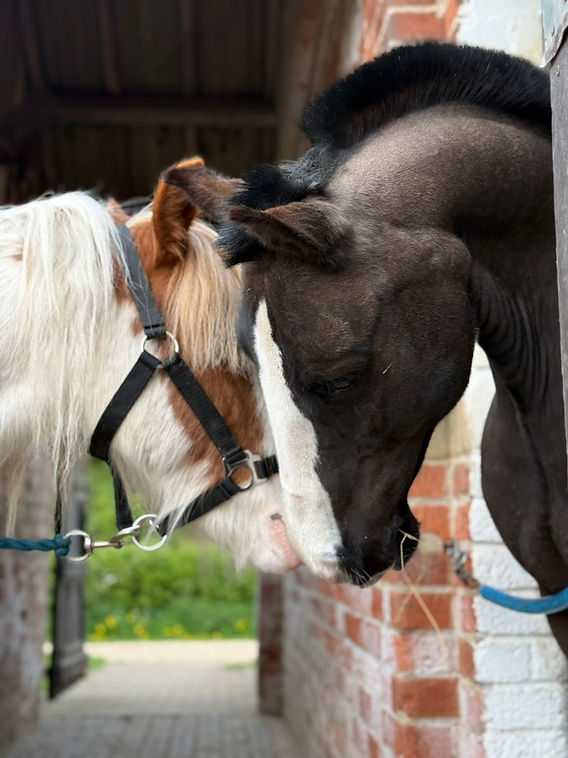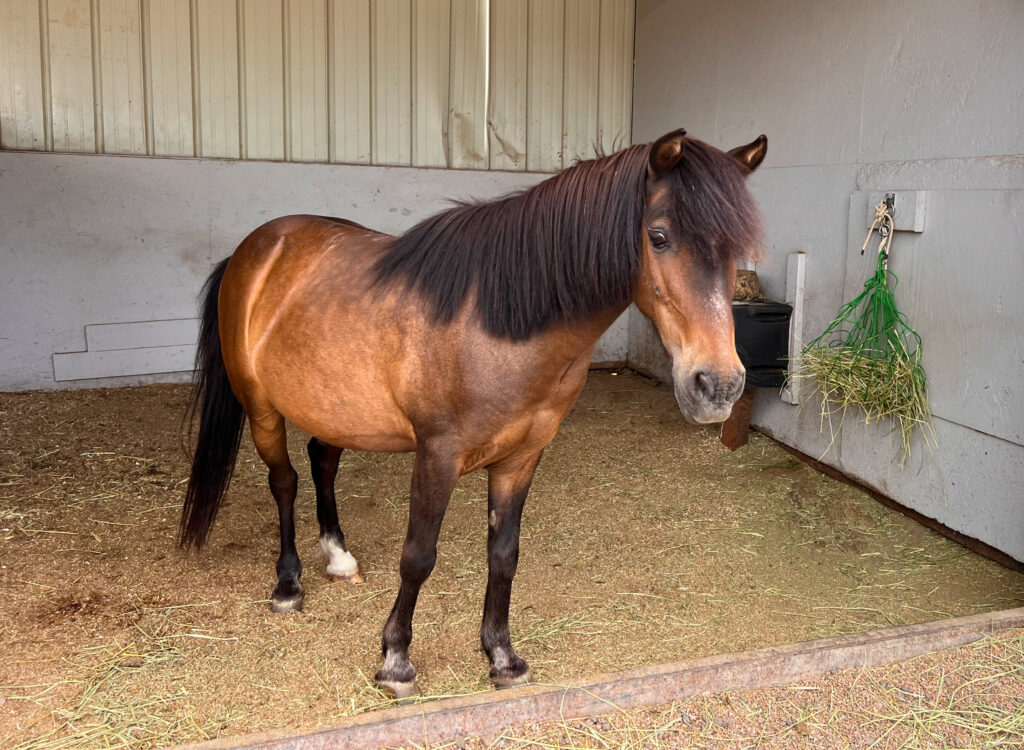Teaching Your Horse to Respond to Voice Commands

Training your horse to respond to voice commands can significantly improve communication, safety, and the overall riding experience. This guide will walk you through effective techniques, benefits, and common challenges, ensuring you and your horse develop a strong, responsive partnership.
Why Teach Voice Commands?

Voice commands allow for hands-free communication, which is especially useful when riding or handling your horse. They can help in:
- Enhancing safety by enabling quick responses
- Improving training efficiency
- Strengthening the bond between horse and rider
Getting Started: Preparing Your Horse
Before introducing voice commands, ensure your horse is comfortable and attentive. Steps include:
- Establishing trust through consistent handling
- Using calm, clear tones
- Starting in a quiet environment to minimize distractions
Common Voice Commands and Their Meanings
| Command | Meaning | Usage Tips |
|---|---|---|
| “Walk” | Move forward at a walk | Use a steady, encouraging tone |
| “Trot” | Increase speed to a trot | Pair with gentle leg pressure initially |
| “Whoa” | Stop immediately | Use a firm, clear voice |
| “Back” | Step backward | Combine with gentle rein cues |
| “Easy” | Slow down or relax | Soften your tone to calm the horse |
Step-by-Step Training Process
- Introduce the Command: Say the command clearly before the action.
- Use Consistent Cues: Always use the same word and tone.
- Reinforce with Rewards: Use treats or praise immediately after correct response.
- Practice Regularly: Short, frequent sessions work best.
- Gradually Increase Difficulty: Add distractions and vary environments.
Tips for Success
- Be patient and consistent
- Avoid shouting or harsh tones
- Observe your horse’s body language
- Keep training sessions short and positive
Frequently Asked Questions (FAQ)
Q1: How long does it take to train a horse to respond to voice commands?
A: It varies by horse, but most respond within a few weeks of consistent training.
Q2: Can all horses learn voice commands?
A: Yes, with patience and proper technique, most horses can learn.
Q3: What if my horse ignores the commands?
A: Reassess your training approach, ensure clarity, and consider consulting a professional trainer.
Teaching your horse to respond to voice commands is a rewarding process that enhances your connection and control. With patience and consistency, your horse will become more attentive and responsive, making every ride safer and more enjoyable.
